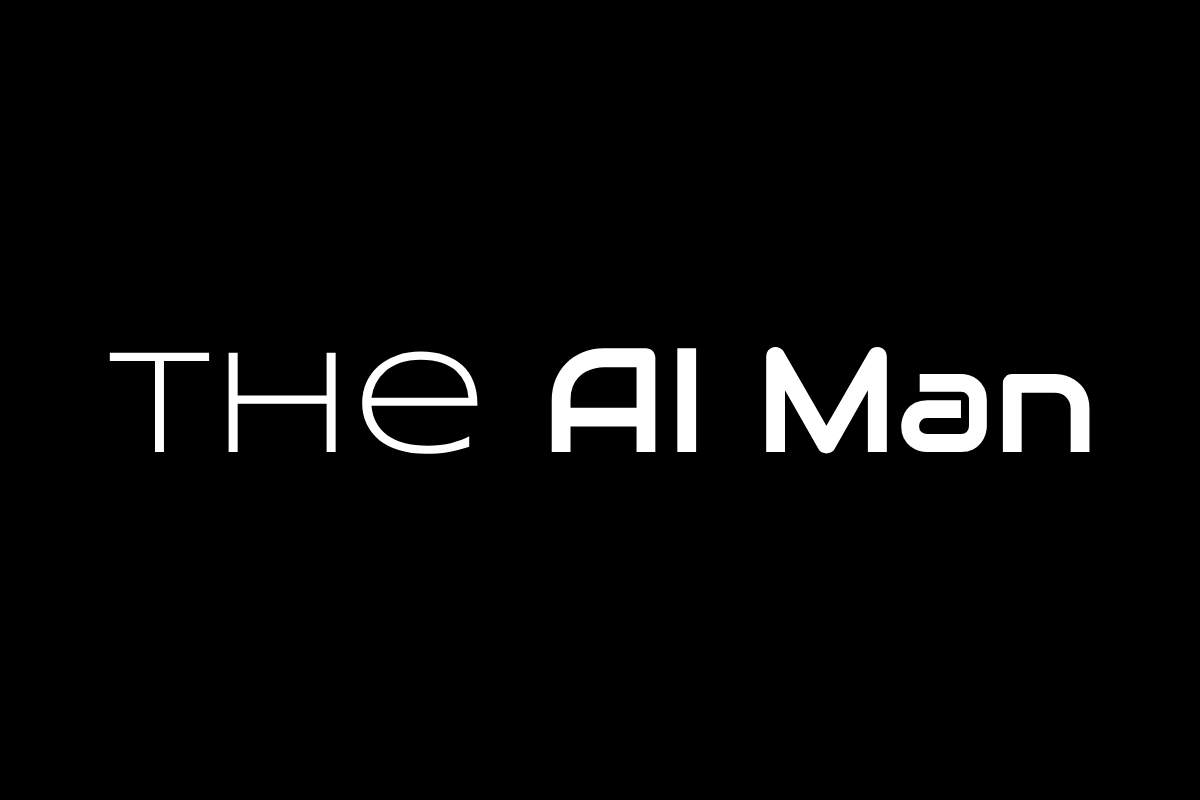Imagine if someone suddenly decided to create the world's first speed limits for rocket ships – while they're already flying. That's essentially what happened on August 1, 2024, when the EU AI Act became the world's first comprehensive AI regulation. It's like being handed a 400-page rulebook for a game that's changing every day, and European startups are scrambling to figure out how to play by these new rules without crashing.

The Reality Check: What This Actually Means for Startups
The EU took what you might call the "traffic light" approach – not all AI is treated equally. There are four risk levels, from "completely banned" (think creepy social scoring systems) to "minimal risk" (your Netflix recommendations).

Here's the plot twist: 33% of European AI startups think they'll be classified as "high-risk" (appliedAI survey), while the EU originally estimated only 5-15%. That's like expecting a light drizzle and getting a thunderstorm instead.
Annual compliance costs hit €29,277 per AI product (EU estimates)
Certification alone costs €23,000
Total governance burden reaches €52,277 annually
When average European seed funding is €1.3 million, that's 15% gone before you even start building

Breakdown of compliance costs that AI startups face under the EU AI Act, showing various categories of expenses from annual compliance to training data management
Together With Dynamiq

Want to create AI assistants that read documents, answer questions, or automate tasks—without writing code? With Dynamiq, you can:
Drag and drop to build AI workflows in hours, not months
Keep your data safe with secure, on-premise deployment
Save big on development and compliance costs
Want to see how the magic works?
The Investment Ecosystem Under Pressure
Remember when investors used to throw money at anything with "AI" in the pitch deck? Those days are officially over. 73% of European VCs expect the AI Act to reduce startup competitiveness (appliedAI survey), and they're not just talking – they're acting on it.
9 out of 15 surveyed VCs are shifting focus to low-risk AI systems instead of potentially groundbreaking high-risk applications
Some investors are literally looking outside Europe to avoid regulatory headaches
Half of surveyed startups believe the Act will slow innovation
16% are considering stopping AI development or relocating entirely
It's like watching a talent show where half the judges decide the rules are too complicated and walk away.

Bar chart showing annual venture capital funding in AI companies from 2013 to 2023, highlighting significant growth and peaks in investment according to Crunchbase
Timeline of Transformation: The Road Ahead
The good news? This isn't happening overnight. The bad news? It's happening in waves, creating ongoing uncertainty as different rules activate at different times.
February 2025: Prohibited AI practices officially banned
August 2025: General-purpose AI model obligations kick in
August 2026: Full high-risk system requirements enforceable

Innovation in the Age of Rules
Here's the fascinating paradox: despite all this regulatory drama, AI funding in Europe hit record levels in 2024, representing 18% of all venture capital. It turns out entrepreneurs are remarkably good at turning obstacles into opportunities.
The smartest startups aren't just grudgingly complying – they're turning compliance into competitive advantage. After all, if you're building transparency and human oversight into your AI from day one, you're essentially future-proofing your business for a world that increasingly demands trustworthy AI.
The AI Act isn't killing European innovation – it's just changing what innovation looks like. The startups that figure out this new game first might just end up winning it.

